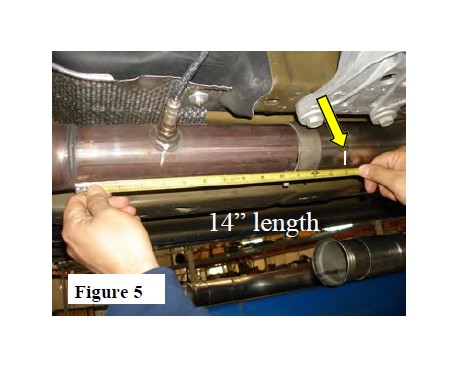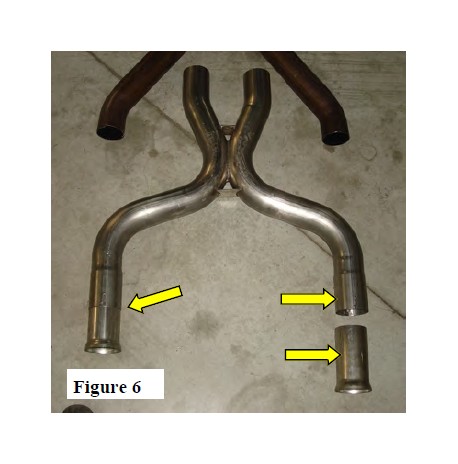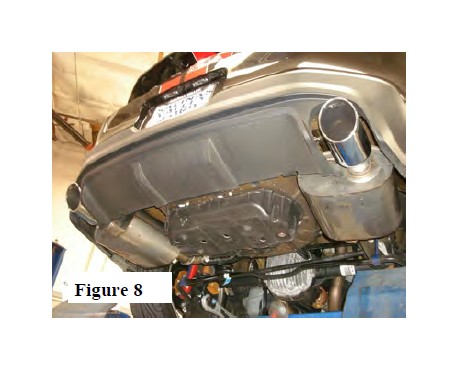Guaranteed 12/24 Delivery Still Available see item page for details! available on most items - Details
How to Install Borla 3 in. Cat-Back Exhaust (11-14 GT, 11-12 GT500) on your Ford Mustang
Installation Time
2 hours
Tools Required
- 3/8” Drive Ratchet
- 3/8” Drive Extension 3”
- 15mm Socket
- Pry Bar
- Flat blade screwdriver
- Spray Lubricant
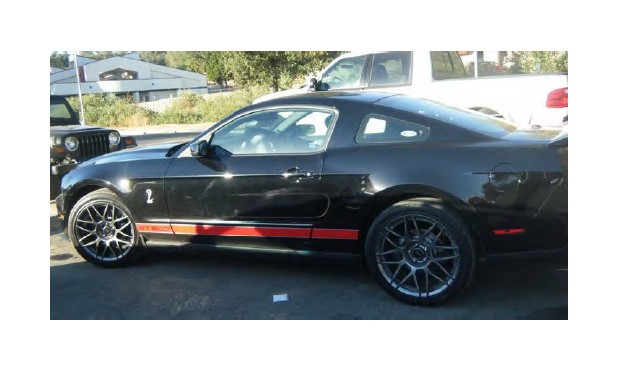
Borla Performance Cat-Back ™ Bill of Materials
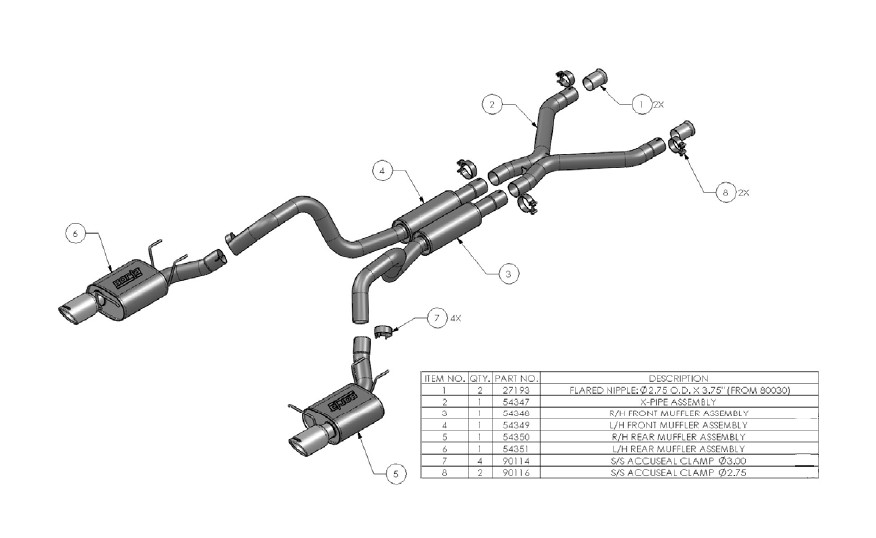
Caution!!! Never work on a hot exhaust system. Serious injury in the form of burns can result If the vehicle has been in use and the exhaust system is hot, allow vehicle to cool for at least 1 hour. Always wear eye protection when working under any vehicle.
Note: It is our recommendation that you use a hoist or hydraulic lift to facilitate the installation of your new Borla Performance Exhaust System.
Taking all under car safety precautions, lift the vehicle using a hoist or hydraulic lift. Once this has been done, you may begin the removal of your old exhaust system from your vehicle.
Note: Before removing the original exhaust system from your vehicle, please compare the parts you have received with the bill of materials provided on the previous page to assure that you have all the parts necessary for the installation of your new Borla Performance Exhaust System.
Original Exhaust System Removal
Note: With a used vehicle, we suggest a penetrating spray lubricant to be applied liberally to all exhaust fasteners and allowing a significant period of time for the chemical to lubricate the threads before attempting to disas-semble.
1. Lubricate hangers and rubber isolators.
2. Loosen the front band clamps shown located just behind the H-pipe. (See Figs.1 & 2)
3. Loosen the clamps located just in front of each muffler assembly.
4. Beginning with the left (driver) side muffler, using a flat blade screw-driver, pull the clip to disengage it from the pipe. (See Fig. 4)
5. Remove the left (driver) side over axle pipe by removing the front of the pipe first then sliding it out of the muffler assembly.
6. Repeat steps 3 thru 6 for the removal of the right side over axle pipe.
7. On left (driver) side muffler assembly, remove the hangers from the rubber isolators and remove the muffler from the vehicle.
8. Repeat step 9 for the removal of the right (passenger) side muffler as-sembly.
Warning: Use extreme caution during installation. Torque all fasteners according to manufacturer’s torque values and tightening sequence. DO NOT use air impact tools to tighten fasteners on Borla Performance Exhaust Systems. Use of such tools may result in bent flanges or gasket contact areas leading to exhaust leaks.

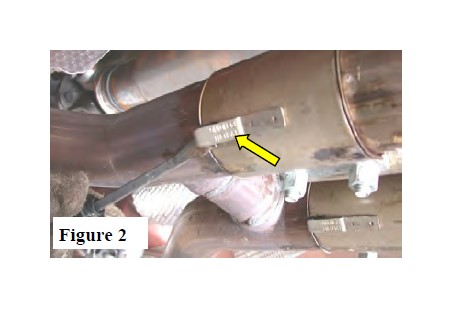
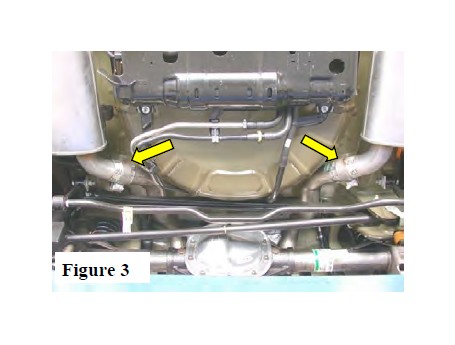
Borla Performance Exhaust System Installation
1. GT500 ONLY: Measure/mark a line that is 14” from catalytic converter on the factory H-Pipe, both sides. Carefully make a straight cut on each pipe and remove factory H-Pipe. Carefully de-burr edge and remove any metal shav-ings from the pipes. (See Fig. 5)
MUSTANG GT ONLY: Loosen and remove (2) factory ball clamps on catalytic converter pipes. Carefully remove factory H-pipe connection to these pipes. Install Flair Nipples using (2) factory ball clamps, tighten bolts 32-35 ft. lbs. (See Fig. 6)
2. Place a 2.75” Accuseal clamp over each end of the expanded end of the X-pipe and insert into Nipples. Lightly tighten clamp. **PLEASE REFER TO DRAWING ON PAGE 2 ** (See Fig. 7)
3. Place a Accuseal Clamp over the expanded end of the (driver side) L/H Over Axle Pipe and position curved end of pipe over axle. Insert end it into X-Pipe and center clamp over pipe seams. Lightly tighten clamp.
4. Place a 3.00” Accuseal clamp over each end of the expanded end of L/H Muffler Assembly and insert expanded end into L/H Over Axle Pipe inlet. Insert hangars into OE rubber isolators and lightly tighten clamp. (See Fig. 7)
5. Repeat steps 3-4 for the installation of the R/H Over Axle Pipe and R/H Muf-fler Assembly.
6. Check your exhaust system for proper clearance under the vehicle and also for tip alignment. (See Fig.8) 7. Once position has been determined to be correct, tighten the Accuseal™ clamps to 32-35 ft. lbs.
7. Before starting your vehicle, make sure to check all wires, hoses, brake lines, body parts and tires for safe clearance from the exhaust system.
8. Start vehicle and check for any leaks. If any leaks are found, determine cause (such as loose or incorrectly positioned clamp) and repair as necessary.
Note: When you first start your vehicle after the installation of your new Borla Performance Exhaust System, there may be some smoke and fumes coming from the system. This is a protective oil based coating used in the manufacturing of mandrel bent per-formance exhaust tubing. This is not a problem and will disap-pear within a very short period of time after the exhaust has reached normal operating temperatures.
Congratulations!!! You have completed the installation of the world famous Borla Performance Stainless Steel Exhaust Sys-tem.
